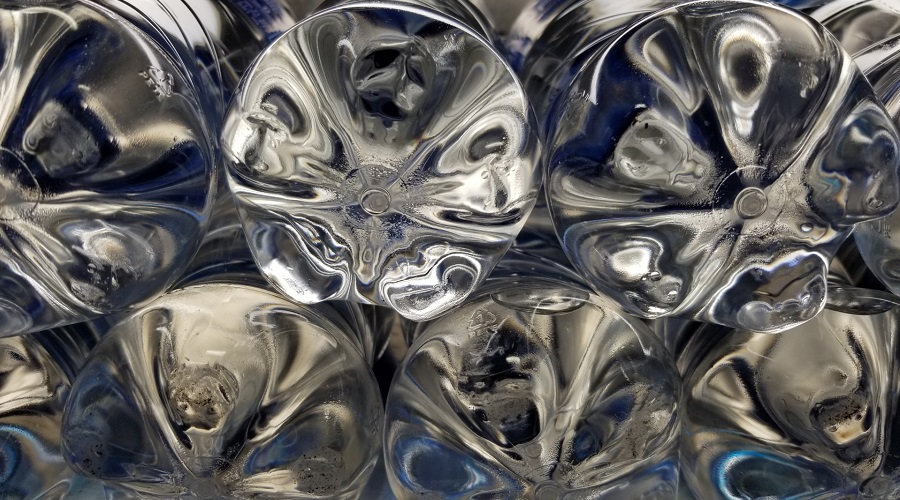Discarded plastic bottles could become key components of li-ion batteries

Researchers at the Agency for Science, Technology and Research (A*STAR), Singapore have successfully upcycled waste polyethylene terephthalate (PET) plastic into polymer electrolytes, which are key components for safer lithium-ion batteries.
Their study, published in the Journal of Materials Chemistry A, is the first known report of a working lithium-ion battery assembled using polymers upcycled from PET plastics, regularly used to make plastic bottles.
According to the scientists, plastic waste is conventionally recycled through mechanical and chemical processes, which have their drawbacks. For mechanical recycling, only a small proportion of recycled PET can eventually be used, as their physical properties degrade with each round of recycling due to polymer chain cleavage. Chemical recycling involves high energy usage, requires purified monomers and can be more costly compared to using virgin polymers.
PET plastics, which amounted to 31 million tonnes worldwide in 2019, possess existing features that make them suitable to be upcycled into polymer electrolytes (PEs). They are made up of rigid terephthalate components, which contribute to their excellent mechanical properties and can be tapped to enhance PEs’ mechanical robustness, which in turn facilitates device integration and fabrication.
They also possess easily breakable chemical bonds which allow these polymers to be repurposed into new chemical building blocks with ease. These can then be reconstituted into new polymers for fresh applications.
Waste PET bottles were used by the team to design polyurethane-based PEs. Compared to conventional liquid electrolytes currently used in LiBs, PEs are promising alternative components in batteries that have the potential to eliminate safety hazards such as the risks of electrolyte leakage, uncontrolled heating, volume expansion, dendrite growth and fire hazards.
After assessing the viability of the PET-derived polymers as solid polymer electrolytes, the team further evaluated their ionic conductivity and cycling performance when used as gel polymer electrolytes for LiBs.
In detail, they achieved a room temperature conductivity of 10-4 S/cm as a gel-polymer electrolyte (GPE), which is comparable to existing commercial systems containing liquid electrolytes.
The team also successfully assembled a working LiB using these polymers and showed that cells could be repeatedly charged and discharged up to 150 cycles.
The group believes that these batteries’ promising performance paves the way for a future powered by more sustainable energy, where PET plastic waste can be transformed into PE materials, creating a circular economy while combating the mounting plastic waste issue.
{{ commodity.name }}
{{ post.title }}
{{ post.date }}

Comments